Seed Grown Lovage Plants – How To Grow Lovage From Seeds
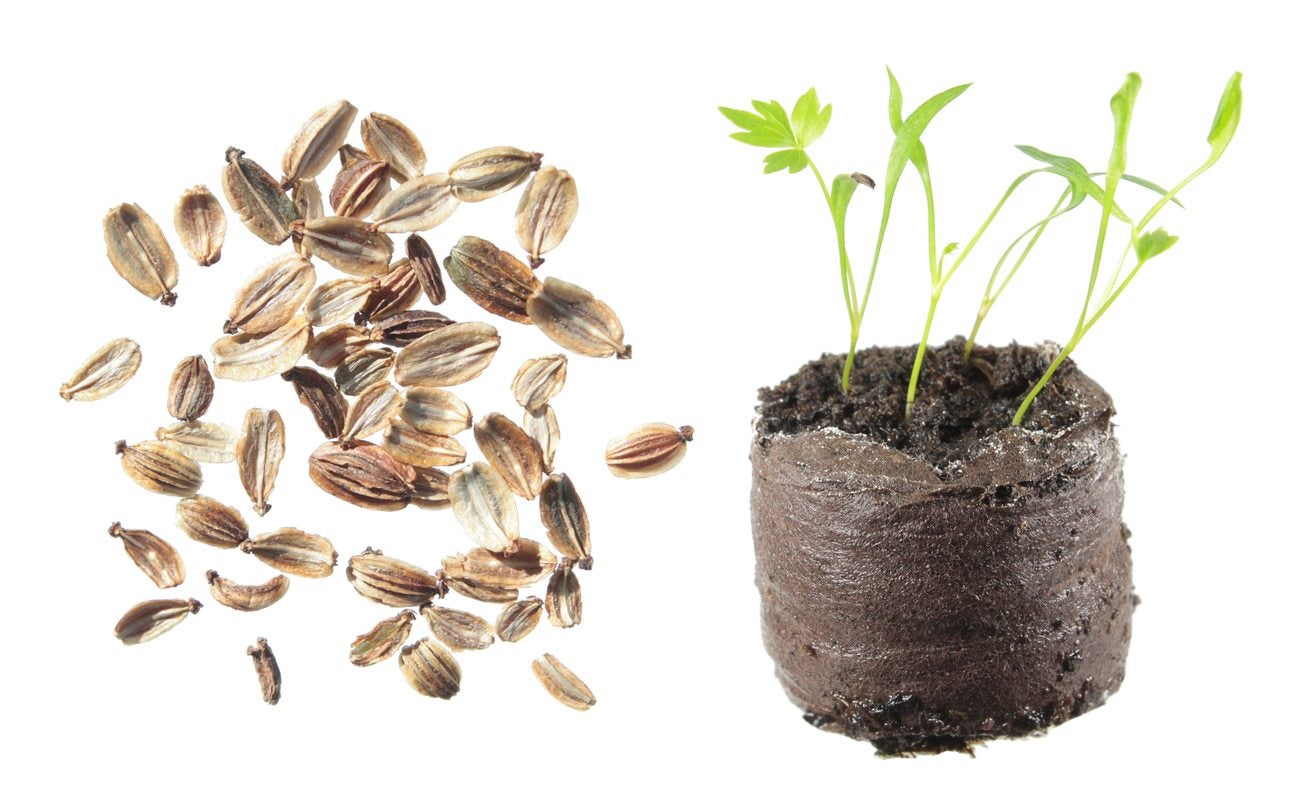
Lovage is an ancient herb that was a common staple in kitchen gardens used to cure abdominal pain. While lovage can be propagated from divisions, the most common method is lovage seed germination. Seed grown lovage makes for a gorgeous perennial herb that is a great addition to any herb garden. Interested in growing lovage plants from seed? Read on to find out how to grow and when to sow lovage from seeds.
About Seed Grown Lovage
Lovage (Levisticum officinale) is a hardy, long living perennial herb that is native to southern Europe. Steeped in historical reference, lovage could be found in most kitchen gardens during the Middle Ages for use in both cooking and for medicinal purposes. Today, lovage is most commonly used to season soups, stews, and other dishes. Lovage is hardy from USDA zone 3 and up. All parts of the plant – seeds, stems, leaves, and roots – are edible and taste like strongly flavored celery. Big plants, lovage can grow up to 7 feet (2 m.) in height and actually look very much like a large celery plant.
When to Sow Seeds of Lovage
An easy to grow herb, lovage grown from seed should be started in the spring. It can be jump started and sown indoors six to eight weeks prior to transplanting outside. Lovage seed germination takes 10 to 14 days.
How to Grow Lovage from Seeds
When growing lovage plants from seed indoors, sow seed ¼ inch (6 mm.) deep. Sow three or four seeds per pot. Keep the seeds moist. When the seedlings have their first few leaves, thin to the strongest seedling and transplant outside spaced at least 24 inches (61 cm.) apart. Transplant the seedlings in an area of sun to partial shade with rich, deep, moist soil. Lovage develops a very long taproot, so be sure to cultivate a deep bed, amending with plenty of compost. Allow the plants to have plenty of room to spread; at least 3 feet (1 m.) between plants. Lovage self-seeds easily. If you want additional lovage plants, that’s great, but if not, be sure to weed out new seedlings. Trim lovage in the summer to encourage new, tender shoots. In the fall, lovage dies back. Cut the stems back to just above ground level.
Gardening tips, videos, info and more delivered right to your inbox!
Sign up for the Gardening Know How newsletter today and receive a free copy of our e-book "How to Grow Delicious Tomatoes".

Amy Grant has been gardening for 30 years and writing for 15. A professional chef and caterer, Amy's area of expertise is culinary gardening.
-
 Looking For Plants To Give You The Soft And Fuzzies? Try These 5 Fuzzy Leaf Plant Options
Looking For Plants To Give You The Soft And Fuzzies? Try These 5 Fuzzy Leaf Plant OptionsLovers of texture, drama, silver foliage and tactile plants will adore these special sensory garden additions. These fuzzy leaf plant options will leave you all aglow
By Susan Albert
-
 Get Ready For A Summer Of Hummers! Grow These Full Sun Hummingbird Plants and Flowers
Get Ready For A Summer Of Hummers! Grow These Full Sun Hummingbird Plants and FlowersIf you’re lucky enough to enjoy a sunny backyard, make sure you are maxing out on your pollinator opportunities and grow these full sun hummingbird plants and flowers
By Tonya Barnett
-
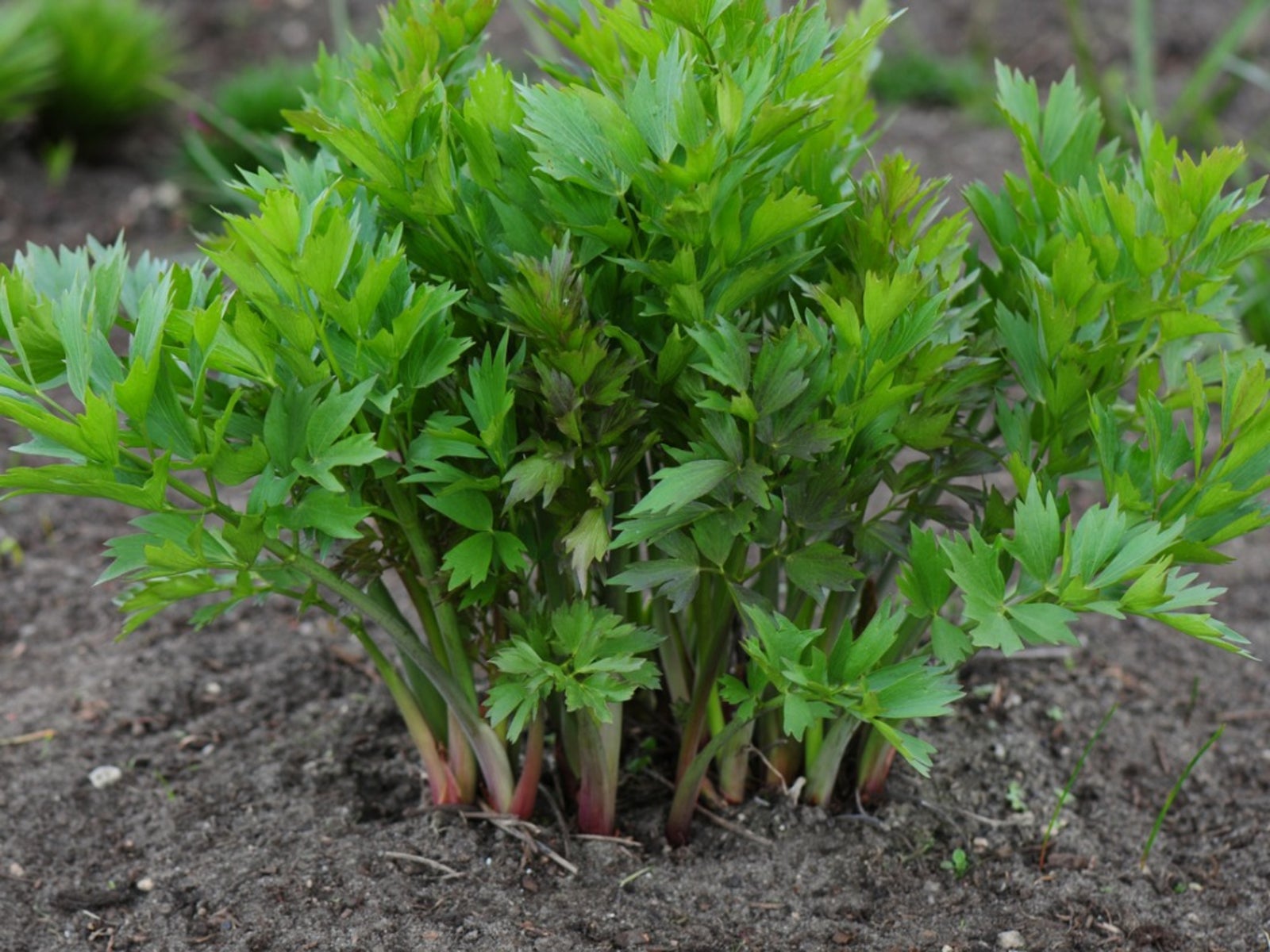 Lovage Plant Illness: How To Manage Diseases Of Lovage Plants
Lovage Plant Illness: How To Manage Diseases Of Lovage PlantsLovage is popular as an ingredient in southern European cuisine. Because gardeners who grow it depend upon it for cooking, it's especially sad to see it showing signs of disease. Click here to learn more about problems affecting lovage and how to treat them.
By Liz Baessler
-
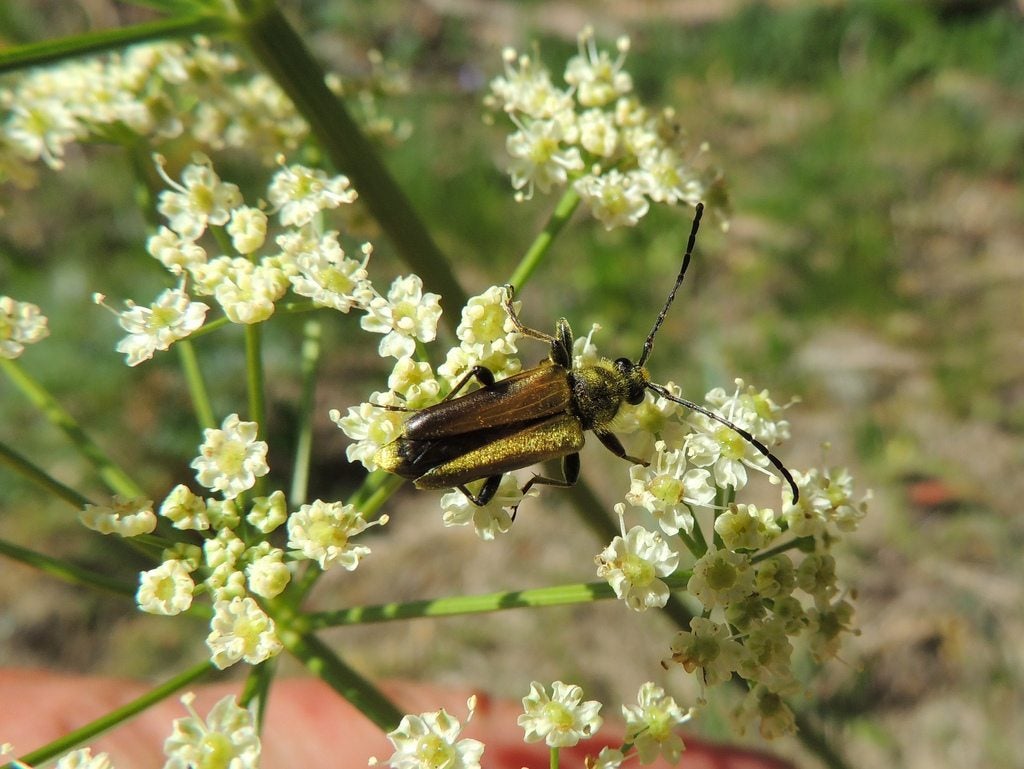 Lovage Pest Management – How To Treat Common Pests Of Lovage
Lovage Pest Management – How To Treat Common Pests Of LovageLovage is a hardy perennial herb that is native to Europe but naturalized throughout North America, too. Because of its usefulness, it is especially upsetting to find it infested with pests. Learn more about bugs that eat lovage and tips for lovage pest management here.
By Liz Baessler
-
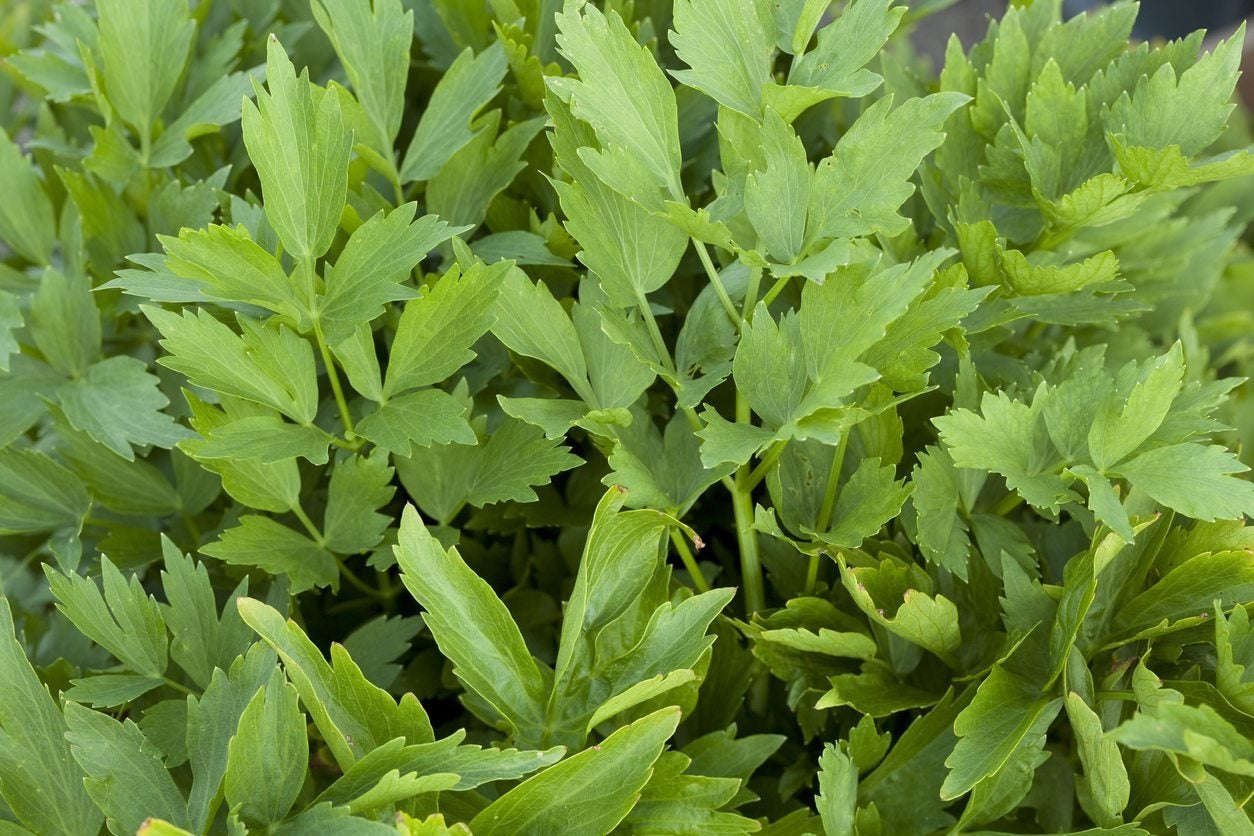 Splitting Lovage Herbs: Tips For Lovage Plant Division
Splitting Lovage Herbs: Tips For Lovage Plant DivisionOnce a common sight on the spice rack, lovage is an undervalued old-fashioned perennial herb. Trying lovage in the herb garden may be as simple as asking a friend for a lovage plant division. Click on the article to learn how to divide lovage plants.
By Darcy Larum
-
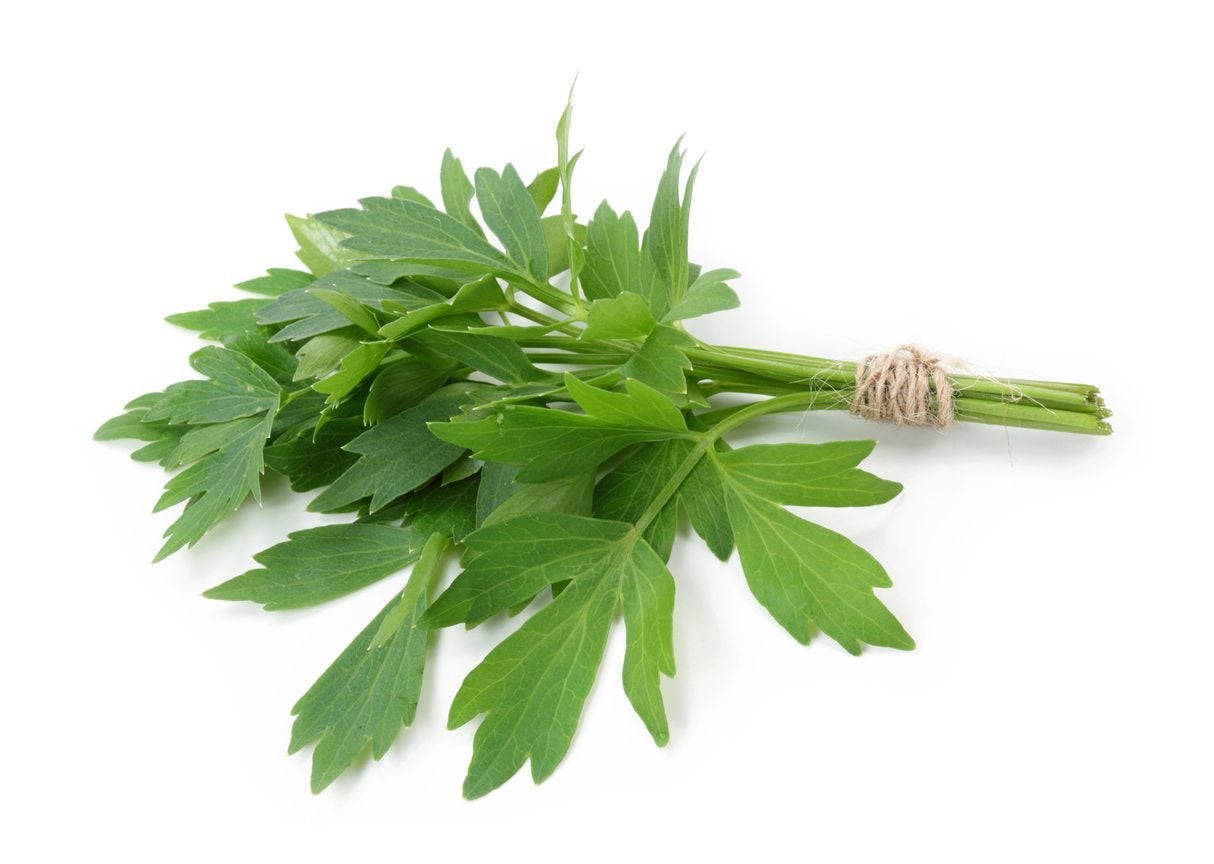 Benefits Of Lovage Herb : What To Do With Lovage Plants
Benefits Of Lovage Herb : What To Do With Lovage PlantsLovage doesn't have a very strong flavor and, for that reason, has been put in the back seat compared to parsley, but there are numerous lovage health benefits that may bring this plant back out into the light. Learn more about these uses and more in this article.
By Bonnie L. Grant
-
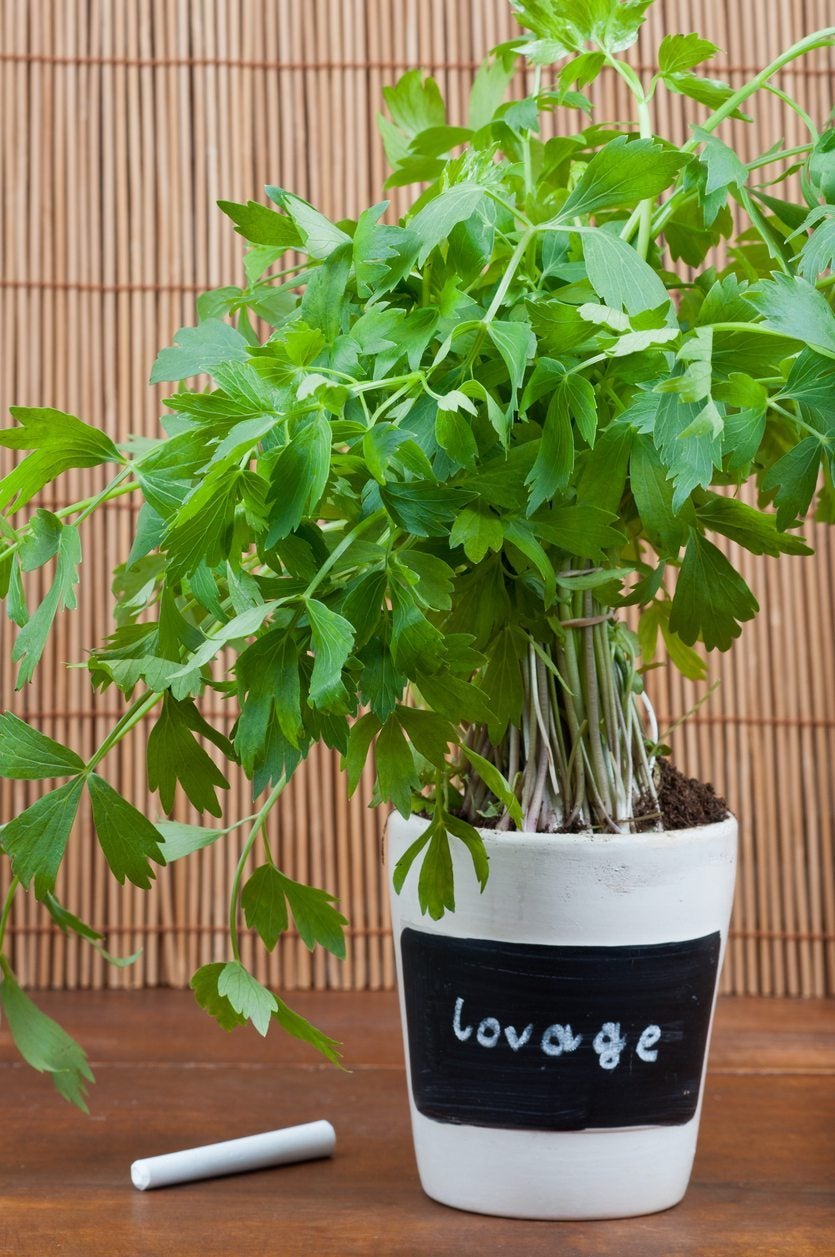 Potted Lovage Care: How To Grow Lovage In A Pot
Potted Lovage Care: How To Grow Lovage In A PotWhen you think about herbs, many instantly come to mind such as rosemary, thyme, and basil. But lovage? All of my other herbs are grown in pots, but can you grow lovage in pots too? Learn more about how to grow lovage in a pot by clicking this article.
By Shelley Pierce
-
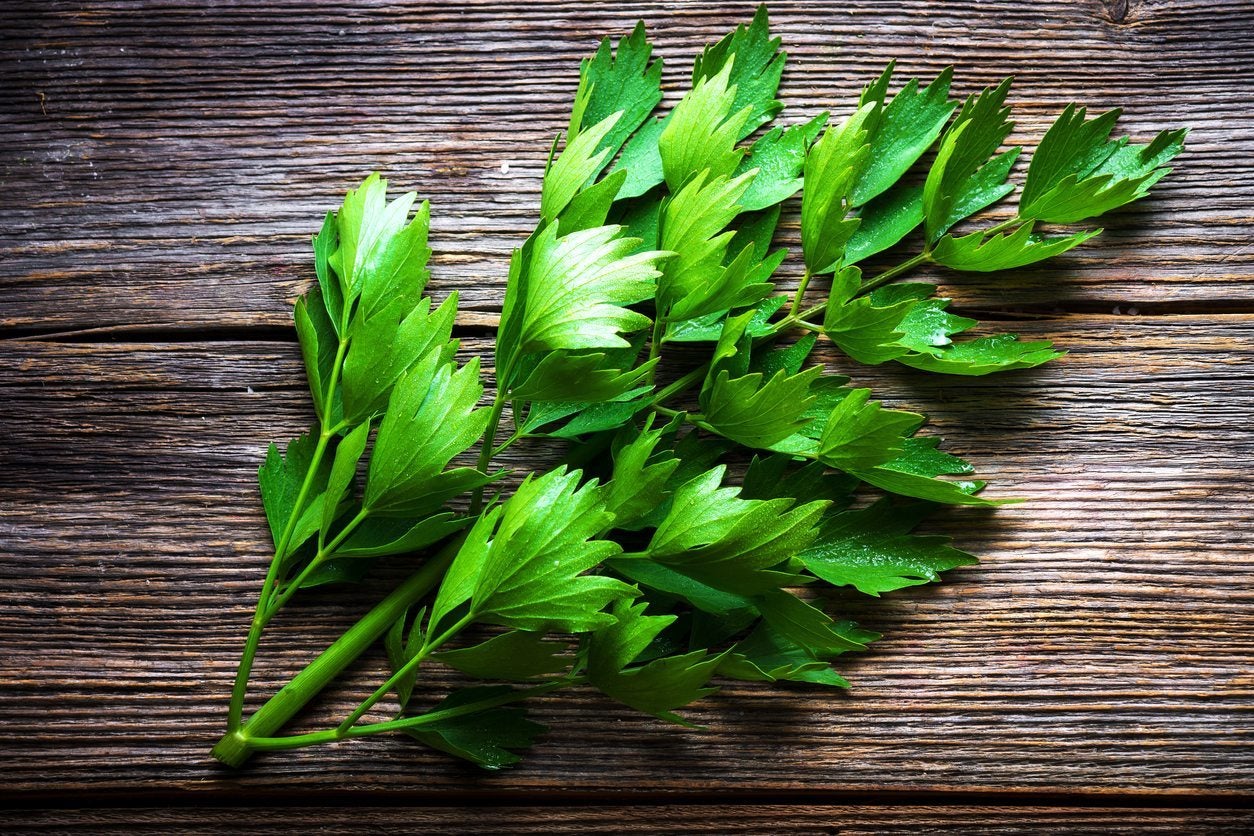 Lovage Herb Harvest – When To Pick Lovage Leaves
Lovage Herb Harvest – When To Pick Lovage LeavesPeople have been harvesting lovage for centuries for not only culinary but medicinal uses. If you're interested in picking lovage plants, click on the following article to find out how to harvest and when to pick lovage leaves.
By Amy Grant
-
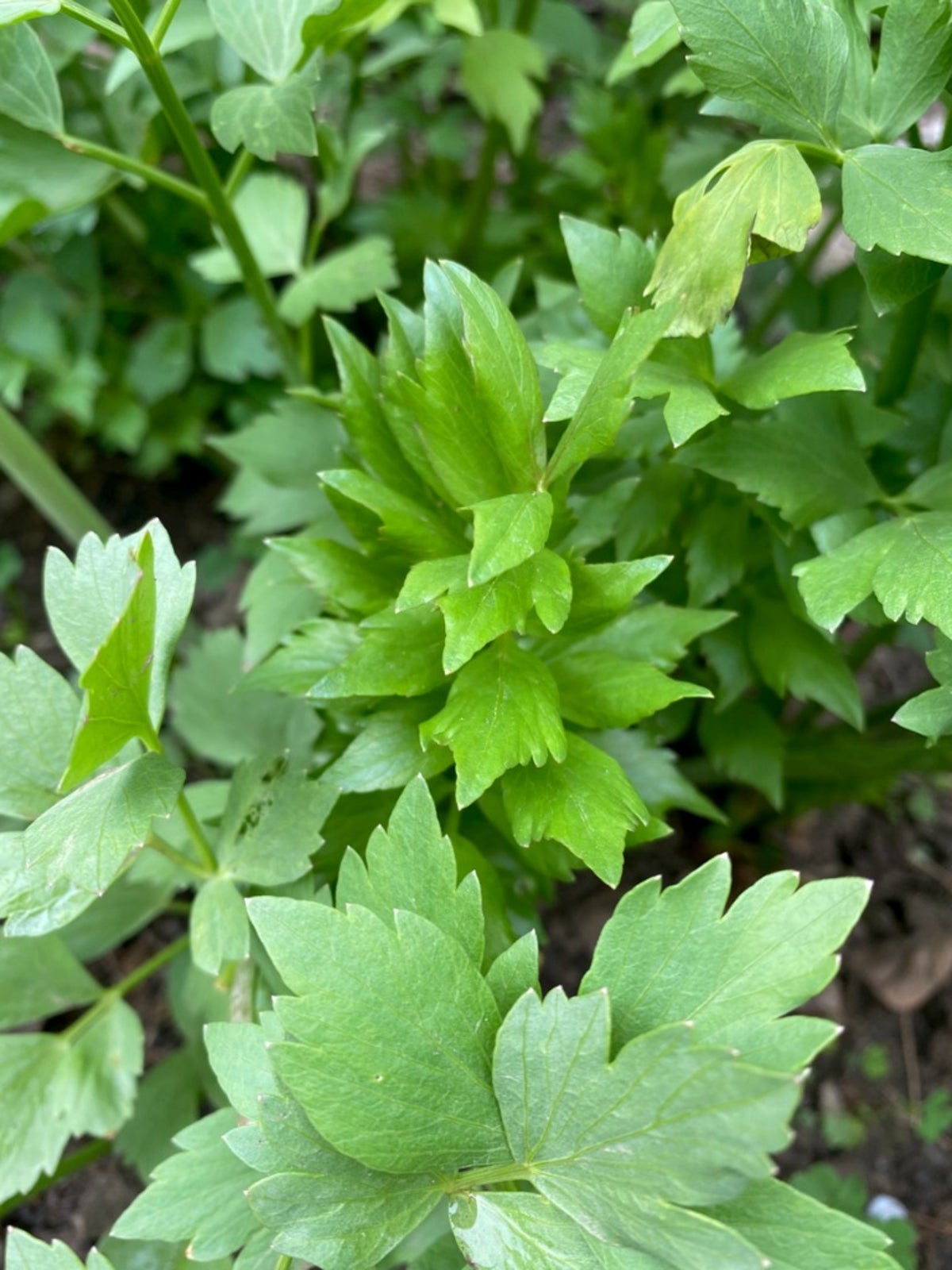 Lovage Plants In The Garden - Tips On Growing Lovage
Lovage Plants In The Garden - Tips On Growing LovageAll parts of the lovage herb are usable and delicious. The plant is used in any recipe that calls for parsley or celery. To get more information and learn how to grow lovage in the garden, read this article.
By Bonnie L. Grant